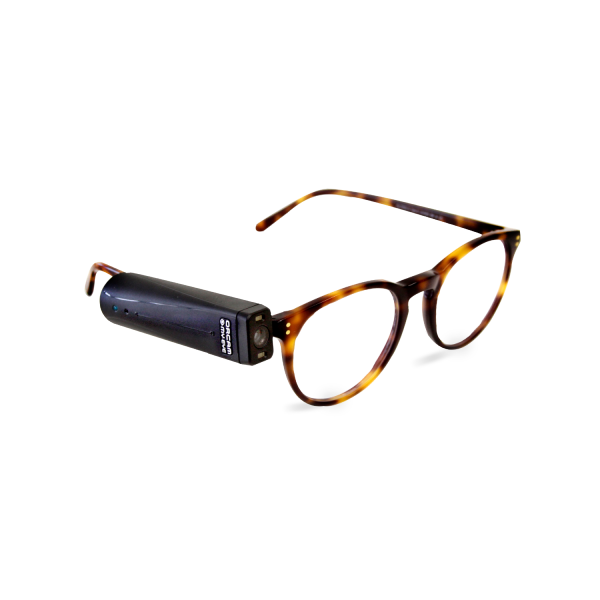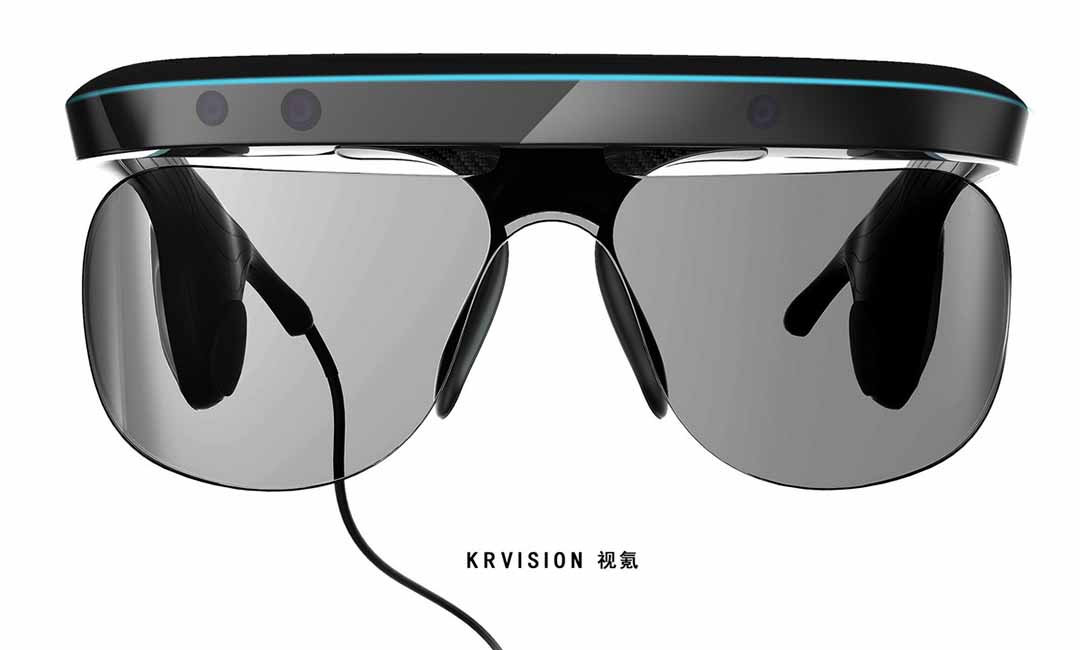Maximizing Efficiency with Screen Readers for the Blind: A Comprehensive Guide
Maximizing Efficiency with Screen Readers for the Blind: A Comprehensive Guide
Blog Article
Empowering Freedom With Assistive Modern Technology for the Blind
The integration of assistive technology for people who are blind or visually damaged stands for a substantial development in promoting self-reliance and improving top quality of life. With a variety of tools-- from screen viewers to cutting-edge responsive tools-- these innovations not only assist in navigating and communication yet likewise advertise social addition and engagement in different aspects of life.
Understanding Assistive Technology
Although assistive technology has actually evolved considerably over the years, its fundamental function continues to be the very same: to improve the lifestyle for people with impairments, particularly those that are aesthetically impaired or blind. This modern technology incorporates a wide array of devices and gadgets that help with self-reliance and functionality in daily tasks.
Assistive innovation can be categorized right into low-tech and state-of-the-art services, each designed to fulfill certain requirements. Modern tools usually consist of software applications, specialized equipment, and flexible gadgets that use sophisticated technology to supply support in different contexts. Alternatively, low-tech options might include daily items that are modified to improve ease of access, such as magnifiers or responsive markers.
The integration of assistive modern technology into the lives of people who are blind or visually hindered not just advertises freedom however additionally fosters social addition and involvement in professional and educational environments. By leveraging these innovations, customers can browse their environments, access information, and communicate properly, therefore improving their general lifestyle. Recognizing assistive innovation is essential for experts, supporters, and caregivers that aim to sustain people in maximizing their possible and attaining greater independence.
Kinds Of Assistive Tools
Assistive devices for the visually impaired and blind are vital devices that boost daily obeying dealing with details obstacles run into by users. These tools can be generally categorized into 3 main kinds: optical devices, electronic gadgets, and sensory tools.

Sensory gadgets, such as Braille screens and tactile maps, give alternate methods to receive information. Braille shows transform digital text right into Braille, making it possible for customers to go through touch. Responsive maps supply spatial understanding via raised textures and lines, enabling much better environmental awareness.
Together, these assistive devices empower individuals with aesthetic problems to involve more fully with their environments, advertising higher self-reliance and confidence in daily tasks.

Effect On Life
The integration of assistive modern technology right into the every day lives of people that are blind or visually damaged dramatically improves their ability to browse and engage with the globe around them. Devices such as display visitors, Braille displays, and mobile applications promote access to details, permitting individuals to involve with digital content, connect efficiently, and manage day-to-day tasks individually.
Additionally, technologies like wise glasses and navigating apps give real-time help in strange atmospheres, boosting wheelchair and self-confidence. These tools make it possible for users to recognize obstacles, checked out indicators, and even see this site acknowledge faces, hence fostering a feeling of freedom in public areas. In addition, home automation systems, which can be controlled with voice commands, permit individuals to manage their living settings more successfully, boosting comfort and security.
The influence of assistive technology prolongs past sensible tasks; it promotes social addition and emotional well-being. By connecting the void in between individuals and their surroundings, these innovations encourage customers to participate completely in neighborhood tasks, seek educational chances, and involve in purposeful relationships. Ultimately, the development of assistive modern technology contributes in redefining the possibilities for individuals who are visually impaired or blind, resulting in a much more inclusive and easily accessible culture.
Success Stories and Endorsements

An additional effective review comes from Mark, a current college graduate that used screen analysis software application throughout his academic trip. This innovation enabled him to access training course materials and take part in conversations, eventually leading to his effective shift into the labor force. Mark credit reports assistive innovation for empowering him to accomplish his profession objectives, highlighting its duty in leveling the playing area for people with aesthetic impairments.
In addition, neighborhood facilities have reported raised involvement in their programs many thanks to the introduction of obtainable digital systems. These platforms have actually made it simpler for individuals to connect, share resources, and support each other. These success tales jointly emphasize the extensive impact of assistive innovation in fostering self-reliance, enhancing quality of life, and breaking down obstacles for the visually impaired and blind neighborhood.
Future Fads in Assistive Tech
Emerging technologies are poised to change the landscape of assistive technology for people who are aesthetically damaged or blind. Innovations in fabricated knowledge (AI) and artificial intelligence are enhancing the capacities of gadgets, making it possible for even more intuitive customer experiences. For circumstances, AI-driven applications are increasingly able to review and acknowledge things text out loud in real-time, offering users with beneficial info regarding their surroundings.
Additionally, advancements in wearable innovation are producing brand-new possibilities for self-reliance. Smart glasses outfitted with increased reality functions can overlay essential details onto the customer's line of vision, helping with navigation and communication with the setting. The integration of Web of click for more info Things (IoT) devices is simplifying ease of access in clever homes, allowing individuals to regulate devices and obtain notifications via voice commands or responsive interfaces.
The advancement of braille display screens and tactile responses systems is likewise growing, promoting access to electronic material and enhancing communication. As these technologies continue to advance, they guarantee to enhance day-to-day living, academic opportunities, and work leads for individuals with visual disabilities. Constant collaboration between technologists, individuals, and advocacy teams will be crucial in making certain these developments meet the needs of the community properly.
Conclusion
Finally, assistive innovation plays a critical function in boosting the independence of people that are blind or aesthetically damaged. By offering essential devices and sources, these technologies facilitate boosted access, communication, and navigation to information, thereby fostering autonomy and self-confidence. The transformative effect of assistive gadgets not just advertises reliable interaction with the atmosphere but likewise urges social inclusion and participation in different aspects of life, ultimately empowering customers to prosper within their neighborhoods.
The combination of assistive technology for people that are blind or aesthetically impaired represents a significant improvement in fostering freedom and enhancing top quality of life.The combination of assistive technology into the lives of individuals that are blind or visually impaired not only promotes freedom but additionally cultivates social addition and participation in professional and academic environments. Inevitably, the innovation of assistive technology is critical in redefining the possibilities for individuals who are aesthetically damaged or blind, leading to an extra obtainable and inclusive culture.
Several individuals that are blind or aesthetically impaired have actually shared motivating success stories that highlight the transformative impact of assistive innovation on their lives.In verdict, assistive modern technology plays a critical function in enhancing the self-reliance of people who are blind or aesthetically damaged.
Report this page